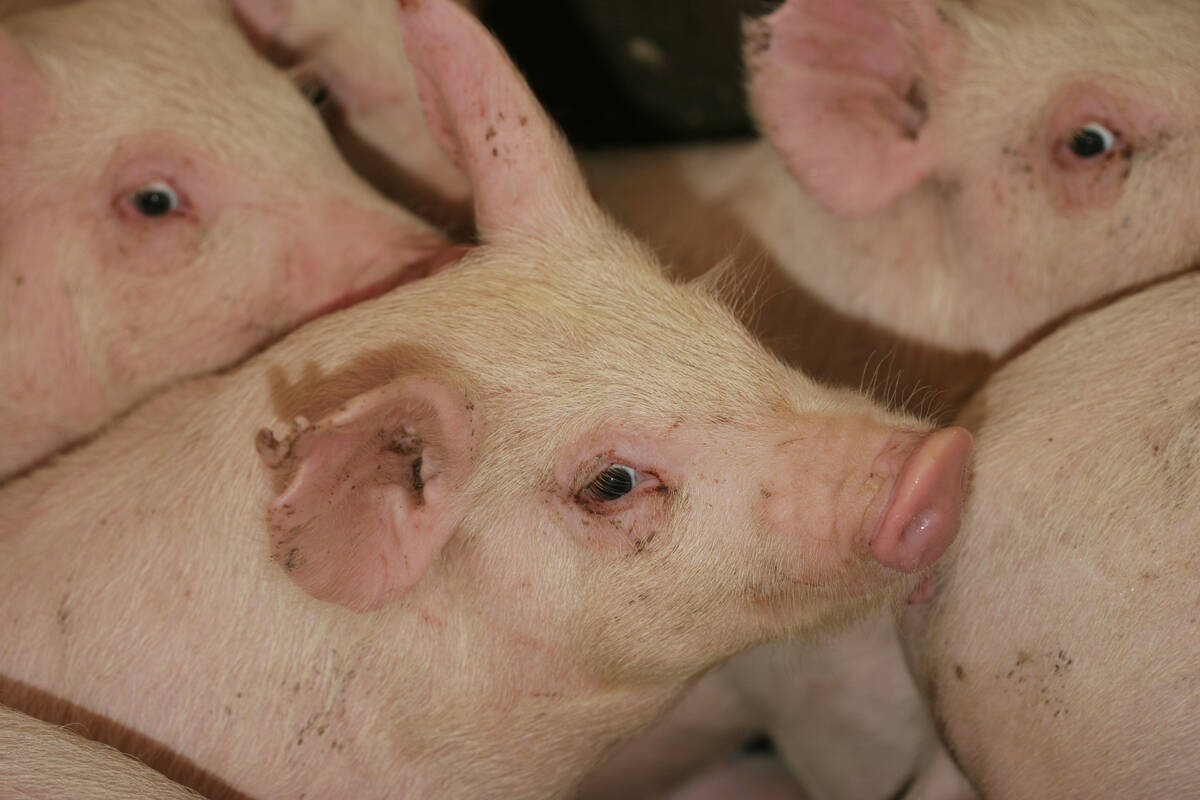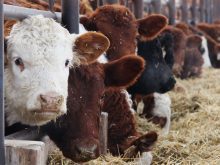Animal agriculture needs glass walls to counter growing consumer concerns about how food is produced.
Daren Williams, executive director of the National Cattlemen’s Beef Association, said farmers need to tell the story of modern agricultural practices from their own points of view.
“Other people are trying to tell our story,” he told delegates at the Farm Animal Council’s annual conference in Saskatoon Dec. 11. “We’ve got to show them what we do.”
Williams cited the recently voted Proposition 2 in California, which defines standards for confined animal production, as part of a movement that is spreading to other regions.
Read Also

The Western Producer Livestock Report – September 25, 2025
The U.S. national live price average for barrows and gilts was $81.21 Sept. 17. It was $78.37 Sept. 9. U.S. hogs averaged $106.71 on a carcass basis Sept. 17, up from $106.10 Sept. 9.
Consumers are holding restaurants accountable for how the meat is produced on the farm, citing calls for larger chicken cages as one example.
Williams said the entire industry, from livestock producers to packing plants, must have standards in place, training for members and auditable assurances that they are caring for the animals and environment and producing safe food.
“We have to walk the walk before we talk the talk,” he said. “If it’s not a positive story to tell, you can’t tell a positive story.”
In addition to being good stewards, producers also should talk about their industry to friends and family and in media interviews and public addresses. He encouraged the use of electronic media, from writing blogs to responding to YouTube videos of farms.
Citing recent abuses that were videotaped at the Hallmark meat packing plant in California, Williams said all in the industry should deliver the message that such abuse is unacceptable and will not be tolerated.
“It gives us all a black eye,” he said. “We’ve got to show them what we’ve done, that we’re trying to prevent this from happening.”
Williams praised the work of Temple Grandin of Colorado State University in educating handlers and improving livestock practices.
Now 61, Grandin remains committed to delivering her message, saying things still need to be fixed in the industry.
“A successful transfer of knowledge bears repeating,” she said.
Grandin, who has designed numerous livestock handling facilities, suggested the industry counter graphic YouTube videos by posting their own with narration to explain how animals are raised and produced for food markets.
“We need to be showing what we do and we need to be responding,” she said. “Right now, the younger generation is just seeing the bad.”
Grandin said the industry has improved greatly in recent decades but expressed concern about an apparent push-back by some of the worst producers through “creative cheating” to get around suggested standards of care.
Grandin said ongoing vigilance is necessary to keep people from slipping back into old, bad habits.
“We need to look at everything we do,” said Grandin.
Ensure there are non-slip surfaces and good lighting, remove obstructions, minimize noise and maintain equipment like stun guns.
“Take care of it like your finest hunting rifle,” she advised slaughterhouses.
Monitored video auditing is one way to maintain vigilance from afar, Grandin said, adding that all auditing needs to be consistent regardless of who conducts the evaluations.
She conducts audits on farms, in barns and in meat plants, keeping track of critical control points like how many animals are shot correctly on the first stun, the vocalizations of animals in restraint devices and the number of lame cattle coming into dairy parlours.
Tolerance levels are lower on the farm, where it should be easier to get animals to move than in noisy, busy plants, she said.
She recommends the use of electric prods as a tool of last resort, which should not be carried around routinely. She counseled producers to avoid overfilling crowd pens and overloading the plant equipment and manpower available.
Grandin also expressed concerns about overloading animals themselves through use of hormone implants and feed additives.
“The animal better be able to walk from the truck up to stunner. If not, that needs to be fixed,” she said.














